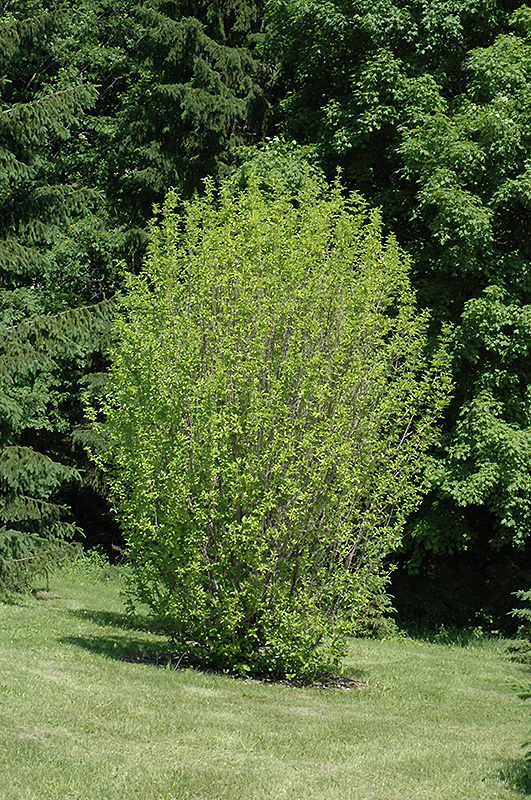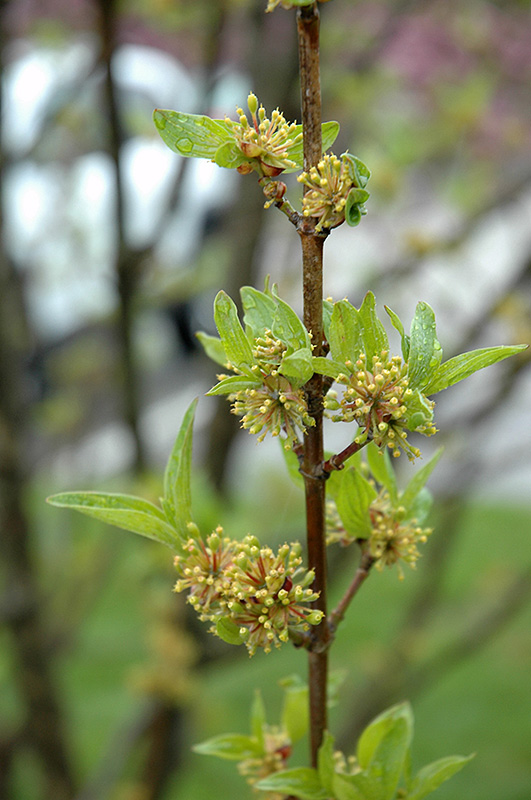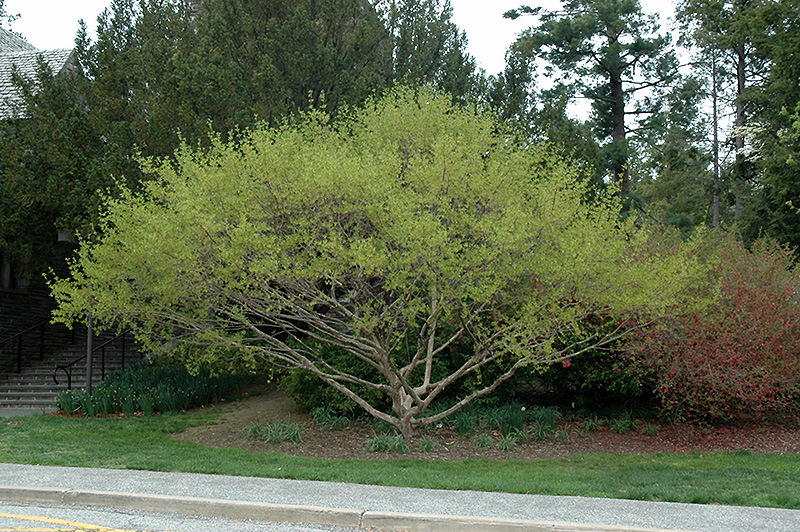Plant Finder
Golden Glory Cornelian Cherry Dogwood
Cornus mas 'Golden Glory'
Height: 20 feet
Spread: 15 feet
Sunlight:
![]()
![]()
Hardiness Zone: 5a
Description:
A beautiful small specimen tree for general landscape use; covered in bright yellow flowers in very early spring before the leaves and bright red berries in summer, compact habit of growth, but some suckering
Ornamental Features
Golden Glory Cornelian Cherry Dogwood has clusters of yellow flowers along the branches from late winter to early spring before the leaves. It has dark green deciduous foliage. The pointy leaves do not develop any appreciable fall colour. It produces red berries from early to mid summer. The peeling brown bark adds an interesting dimension to the landscape.
Landscape Attributes
Golden Glory Cornelian Cherry Dogwood is a multi-stemmed deciduous tree with a shapely oval form. Its average texture blends into the landscape, but can be balanced by one or two finer or coarser trees or shrubs for an effective composition.
This is a relatively low maintenance tree, and should only be pruned after flowering to avoid removing any of the current season's flowers. It is a good choice for attracting birds to your yard. It has no significant negative characteristics.
Golden Glory Cornelian Cherry Dogwood is recommended for the following landscape applications;
- Accent
- Mass Planting
- Hedges/Screening
- General Garden Use
Planting & Growing
Golden Glory Cornelian Cherry Dogwood will grow to be about 20 feet tall at maturity, with a spread of 15 feet. It has a low canopy with a typical clearance of 2 feet from the ground, and is suitable for planting under power lines. It grows at a medium rate, and under ideal conditions can be expected to live for 40 years or more.
This tree does best in full sun to partial shade. It is very adaptable to both dry and moist locations, and should do just fine under average home landscape conditions. It is not particular as to soil type or pH. It is somewhat tolerant of urban pollution. Consider applying a thick mulch around the root zone in winter to protect it in exposed locations or colder microclimates. This is a selected variety of a species not originally from North America.



